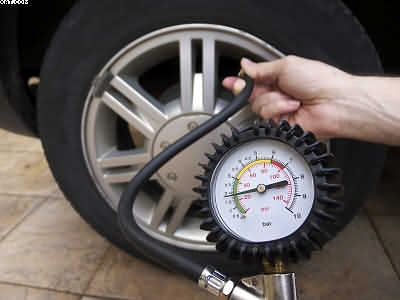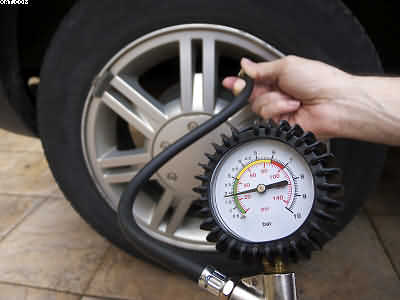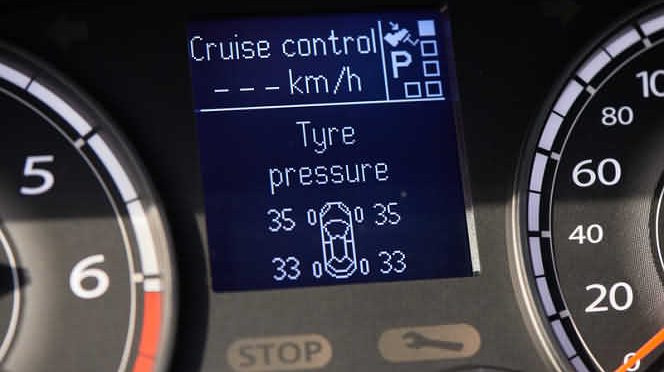Table of Contents
Tyre Pressures

Tyre Pressures Count
Just a short article from LinkedIn worth a look at.
Pressure is very important. Hence, the constant bombardment of information . Therefore, I am coming out of the tyre trade, and I am no exception. We see the effects of tyre pressure every day here in my tyre business in Halifax, Yorkshire, UK.
As we remove the tyres from customers cars
we can see the causes of incorrect tyre pressures. For this reason, the tyres wear out in different ways. The above illustration shows exactly the reasons that I am talking about.
The balance between over inflated tyres and underinflated tyres is about the same. As expected, about 50/50. For this reason, we reckon that our customers are throwing good money away. Thus, the fact of premature tyre wear. Hence, due to not checking their tyre pressures at regular intervals,.
Importance of Checking Your Car’s Tyre Pressures
Maintaining the correct tyre pressure is a critical aspect of car maintenance that is often overlooked by many car owners. Your tyres play a crucial role in the overall performance, handling, and safety of your vehicle, and ensuring that they are inflated to the correct pressure is crucial. In this article, we will discuss the importance of checking your car’s tyre pressure and the benefits it provides.
The Benefits of Maintaining Correct Tyre Pressure
Driving on tyres that are underinflated or overinflated can significantly affect the handling, fuel efficiency, and overall safety of your car. Here are some benefits of maintaining correct tyre pressure:
- Safety: Underinflated tyres can lead to uneven wear, reduced braking performance, and a higher risk of a tyre blowout. On the other hand, overinflated tyres reduce the contact area of the tyre with the road, leading to reduced traction and stability.
- Fuel Efficiency: Correctly inflated tyres have a lower rolling resistance, which means they require less energy to move. This results in improved fuel efficiency and savings at the pump.
- Handling: Properly inflated tyres provide better handling, steering response, and cornering stability, which can improve the overall driving experience.
- Tyre Life: Maintaining the correct tyre pressure can extend the life of your tyres by ensuring even wear, reducing the risk of punctures and blowouts, and preventing premature wear.
How to Check Tyre Pressure
Checking your car’s tyre pressure is a simple and straightforward process that you can perform at home or at a petrol station. Here are the steps to follow:
- Check the recommended tyre pressure: You can find the recommended tyre pressure in the car owner’s manual or on a sticker located on the driver’s side door jamb. The recommended pressure is based on the weight of your car and the load it is carrying.
- Check the current pressure: Use a tyre pressure gauge to check the current pressure of each tyre. Remove the valve cap and press the gauge onto the valve stem until the gauge stops moving.
- Inflate or deflate as needed: If the tyre pressure is too low, use an air compressor to inflate the tyre to the recommended pressure. If it’s too high, use the pressure gauge to release air until it reaches the recommended pressure.
- Check the pressure again: After inflating or deflating the tyre, check the pressure again to ensure it matches the recommended pressure.
When to Check Tyre Pressure
It is recommended to check your car’s tyre pressure at least once a month and before long road trips. Changes in temperature can also affect tyre pressure, so it’s essential to check them during temperature fluctuations. Most petrol stations have air pumps with pressure gauges, making it easy to check and adjust tyre pressures while refuelling.

Conclusion
Maintaining correct tyre pressure is a simple yet essential aspect of car maintenance that can have a significant impact on your vehicle’s overall performance, handling, and safety.
Regularly checking and adjusting your car’s tyre pressure can lead to improved fuel efficiency, tyre life, and the overall driving experience. Make sure to check your tyre pressure regularly to enjoy these benefits and ensure your safety on the road.
Of course, tyre pressures counts
and can have effects on driving experiences? What do I mean? Well, many of us will have driven an overloaded car without knowing it.
I have even seen this on motorways. Because the car or even a van is overloaded and the tyre pressure has not increased,. Therefore, the vehicle becomes unstable. The worst scenario is that the vehicle will start to swerve or swirl. Thus, before the driver brings it under control,.
Tyre Pressures Count even on vans
This is particularly common on caravans. As a result, the caravan can even turn over. Resulting in a nasty accident. I am sure that we have all witnessed this. Especially during the summer holiday period. Most of the time this is because the tyre pressure have not being checked prior to the journey.
Van drivers should also be aware of the problem. Of course, you would think that most van drivers are professional people. But we can see by the wear on their tyres. Especially if they have not been checked for pressure.


